What do Brazilian coffee beans mean? What is the flavor and taste of Brazilian coffee? Does hand-made Brazilian coffee taste good?
As the largest producer of coffee in Brazil, coffee is as important to it as tea is to us. Maybe you see less for Brazilian items, and there are more beans used for espresso, but the food rations for front street coffee, Brazilian Hilado coffee and single Brazilian queen are very popular.
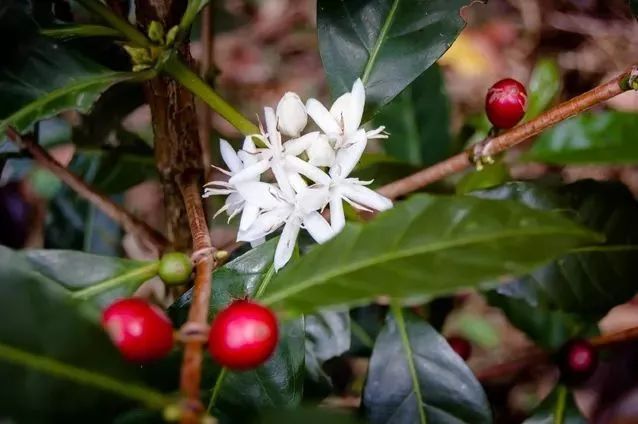
Of course, Brazilian beans are used as Italian beans, which has a lot to do with its flavor. If someone asks Qianjie for a cup of coffee that is not sour or bitter, Qianjie will recommend Brazilian coffee for the first time. What's the flavor of Brazilian coffee? As we all know, the flavor of American beans is well balanced, with the aromas of nuts, caramel, chocolate and peanuts, strong and slippery. At the beginning of drinking, you may feel a strong smell of fried peanuts. The overall flavor is more balanced, so the beans will choose Brazil, at the same time, for friends who do not like sour and bitter, Brazilian coffee is a good choice!
Let's take a look at the legendary story of Brazilian coffee as the largest coffee producer:
Brazil's coffee industry is legendary. According to Qianjie, Brazilian coffee was introduced to Brazil from French Guiana in the 1720s. Francesco Paletta, a Portuguese captain from Brazil, captured the heart of the then governor's wife in Cayenne, the capital of French Guinea. successfully brought coffee seeds to Brazil. Since then, coffee has adapted quickly in Brazil, spreading from the north to the southeastern state of Sao Paulo and the southern province of Parana, where it is at slightly higher latitudes and Frosts Descent in winter, resulting in heavy losses to farmers. From 1970 to 1980, Brazilian farmers developed the warmer provinces of Minas and Bahia in the northern state of Sao Paulo, which are less warm in winter than Frosts Descent until today Minas has become one of the main producing areas of Brazilian boutique coffee.
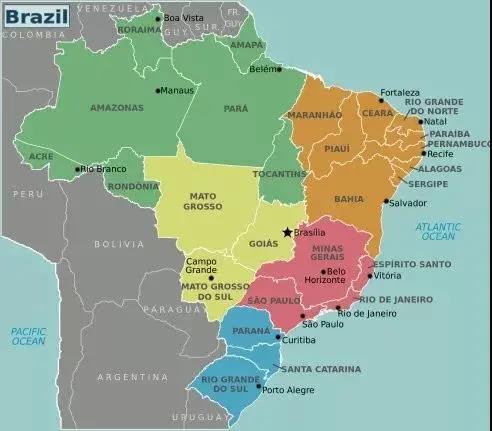
Before 1990, the Brazilian government carried out strict monitoring of the coffee industry, with both strict intervention and price protection measures, and the state has been implementing minimum price protection measures for farmers, resulting in coffee overproduction. Since the opening of the free market in 1990, the original Brazilian Coffee Authority (IBC) has been replaced by the National Economic Association, the country's non-investment administrative body, which pursues a policy of non-intervention and allows producers to negotiate directly with exporters. The business activities of exporters are supervised by the government legislation, and the relevant departments register legitimate exporters. Since 300 years ago, coffee has become the main source of economy in Brazil, and Brazil has also become the largest producer of coffee in the world.
Coffee producing areas in Brazil
The altitude of coffee also has a lot to do with its flavor. Like Panamanian rosy summer coffee, the higher the altitude and the harsh environment, the better the flavor. Compared with the elevations of the producing countries in Central and South America, Brazil is significantly lower. The landscape here is monotonous, lack of microclimate, and accustomed to unshaded trees (sun-exposed) planting, resulting in the development of Brazil's unique soft bean flavor-low sour taste, heavy nutty flavor, chocolate sweetness and mellow festival. but slightly woody and earthy, flower and orange fragrance is not obvious. To put it simply, Brazilian coffee is light and balanced, and it is not easy to drink the wild acidity and citrus aromas of African beans.
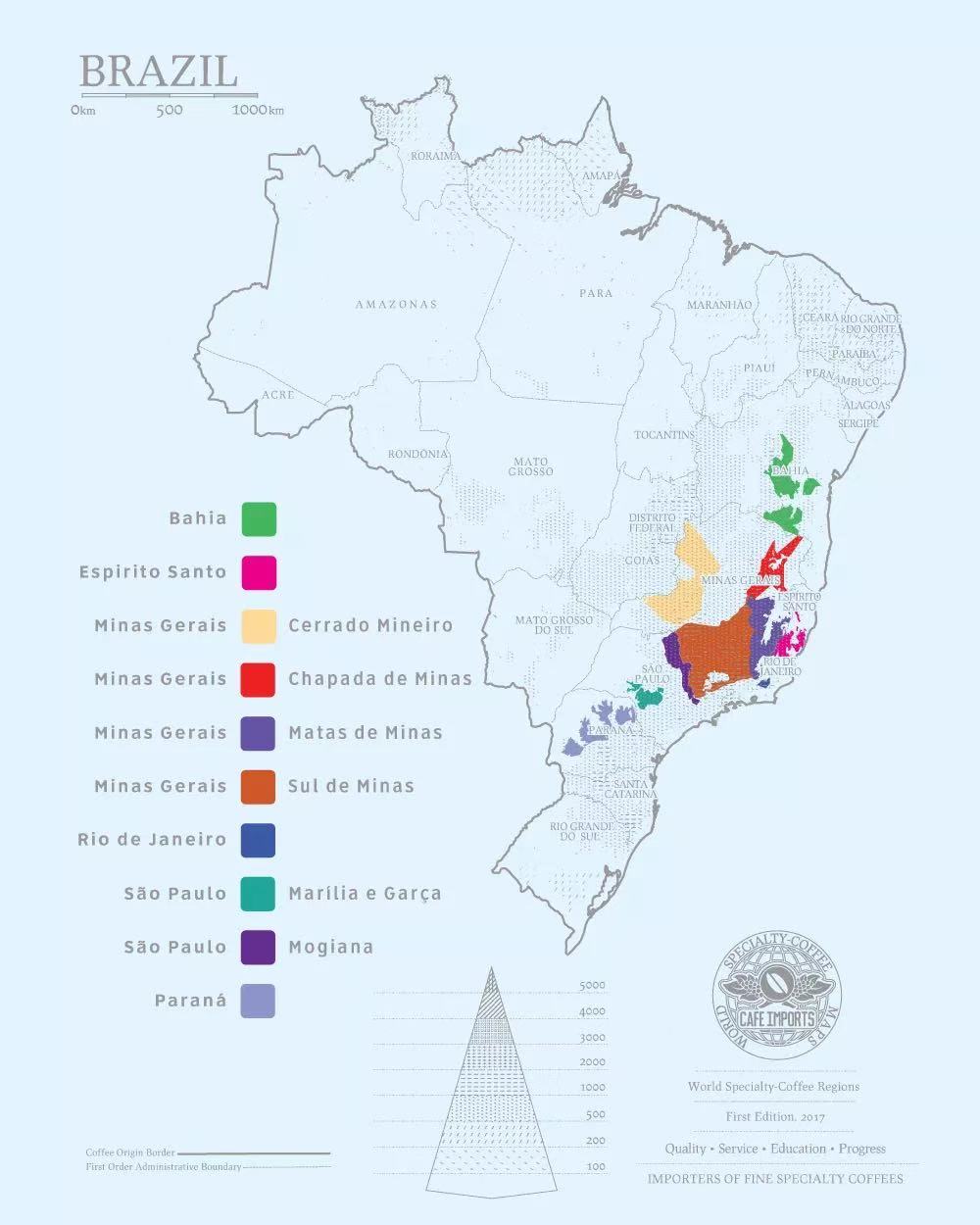
Brazilian coffee beans are concentrated in the central and southern parts of the country and are distributed in seven states, with around 14 coffee producing areas, namely: South de Minas, Mount Minas, Chapada de Minas, Matas de Minas, Mogiana, Centro-Oeste de S ã o Paulo, Montanhas do Esp í rito Santo, Conilon Capixaba, Cerrado, Planalto da Bahia, Atlantic Bayano, Parana, Rondonia and cerrado. Among them, nothing is more representative than the producing area of Syrador. It can be said that South Minas and Hilado have contributed immeasurably to the rise of Brazilian coffee.
South Minas Sul deMinas:
Altitude 700m-1200m, for hilly woodland, is the earliest production area of coffee in Brazil. Due to the increase in labor costs, it is now mostly harvested by machinery, and it is also the area where coffee was first commercialized. We can see many large exporters here. South Minas, it can become a boutique coffee producing area in large part because of the terrain and climate. It is above 1100 meters above sea level and its landform is changeable. The dry and wet season is obvious, the temperature difference between day and night is large, and the microclimate is diverse, so it is very suitable for planting bourbon and yellow bourbon varieties.
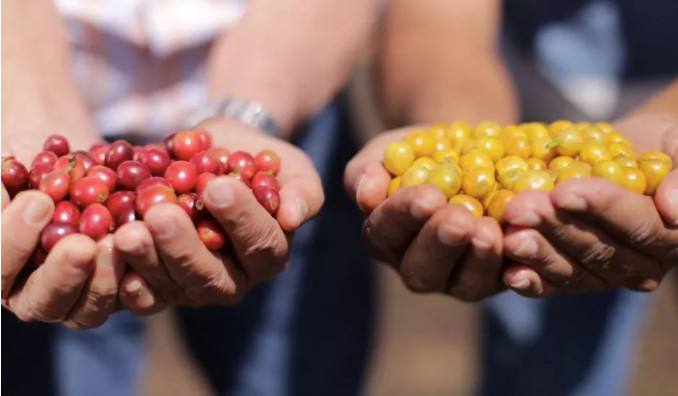
Syrador Cerrado:
Located in the mountains of the southern part of the Hirado Prairie Climate Zone, which spans eight provinces in central Brazil, it accounts for 22% of the prairie in Brazil, deep in the interior of Brazil, and Cerrado means "closed land" in Portuguese. The Hiladow Prairie begins in Mato Grosso, Mato Grosso province in southwestern Brazil, through the west-central part of Minas and north to the western part of Bahia province. The so-called Hirado coffee producing area (Cerrado Coffee Region) refers to the area where the prairie extends to the plateau of 850 ∼ and 1200 meters above sea level in Minas province, which is different from the "southern Minas" which is also located in Minas province. The flat and open terrain of the grassland is particularly suitable for setting up a large manor here with a distinct dry and wet season and a cooler climate on the platform.
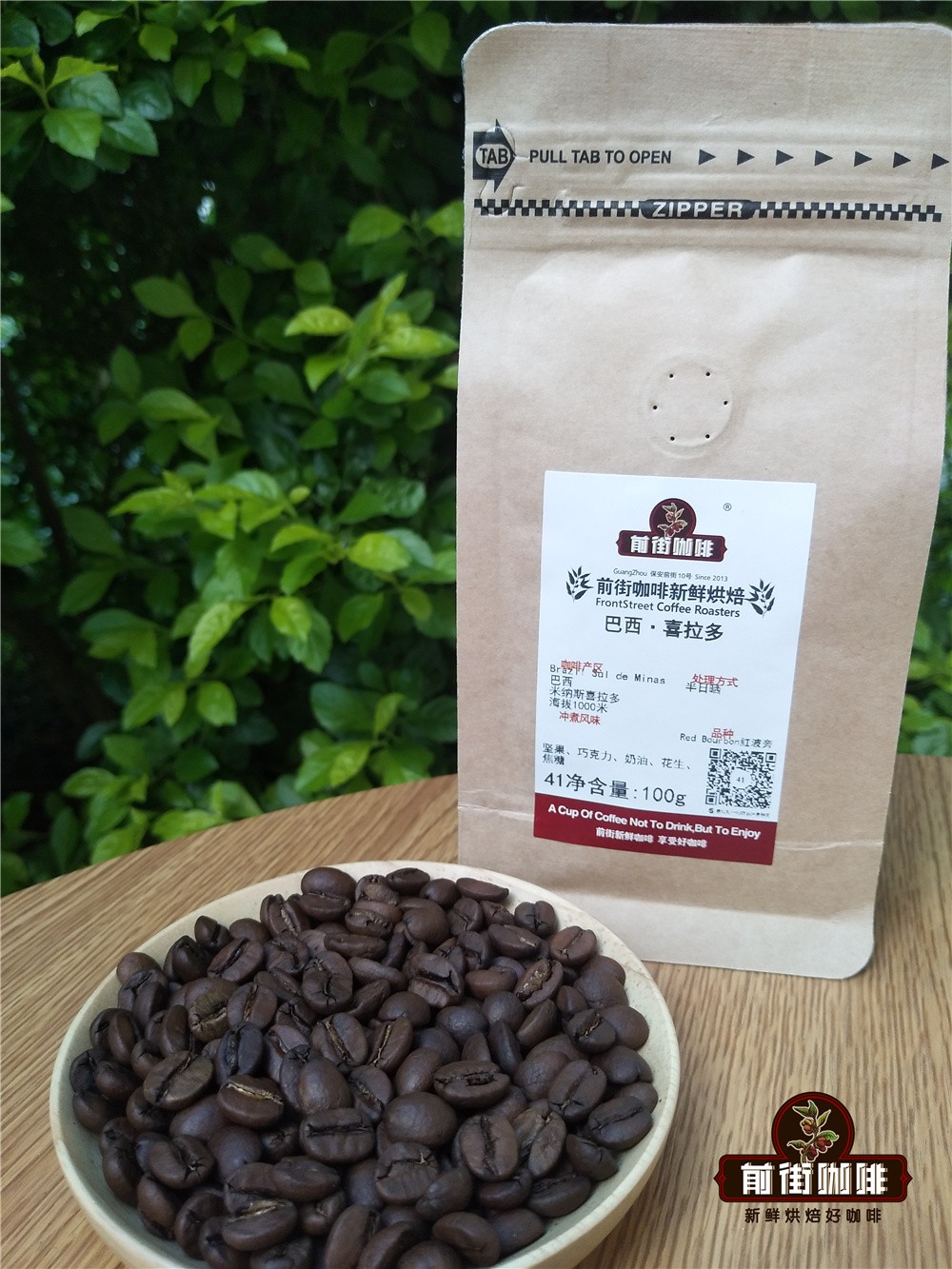
The Shirado coffee producing area referred to in Qianjie is not the entire Hirado prairie, but only in coffee growing areas above 1000 meters above sea level in the central and western part of Minas province. This area is the essence of the Hirado prairie, high altitude, fertile soil, to grow sweet, mellow thickness and high cleanliness of boutique coffee beans. Qianjie thinks that the coffee in this producing area has a mellow flavor and no fishy smell.
The rations of Qianjie Coffee beans Brazilian Coffee comes from the Hilado region of Brazil. Morgiana Mogiana:
This area is very close to the south of Minas. Coffee is grown between shrubs, grasslands and other vegetation. There are many farming families in this area, some of which operate in the traditional way of large farms, while others operate in a small-scale and modern way. Modern science and technology mixed with mountain coffee cultivation culture has created the highest quality raw coffee beans.
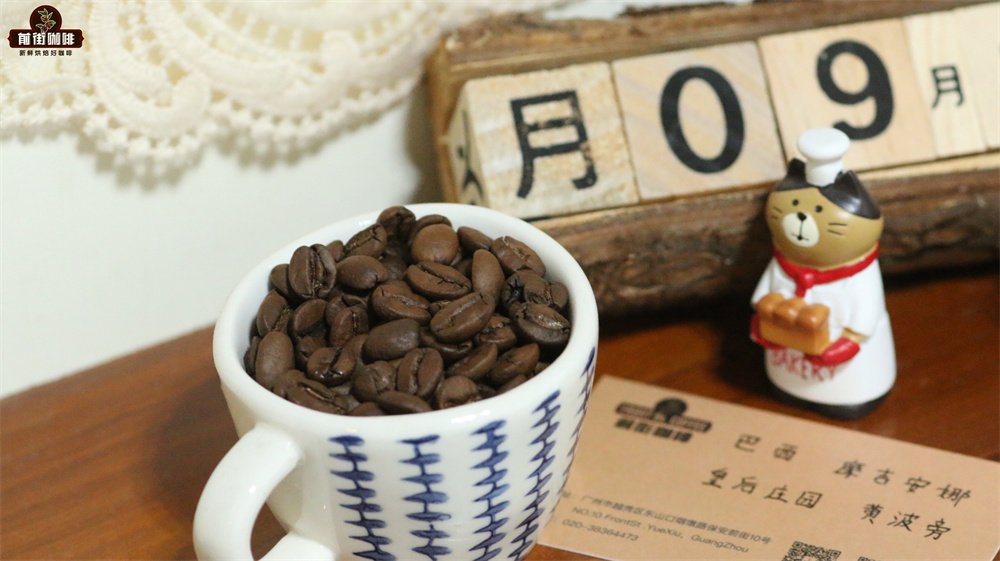
Qianjie Coffee all the two Brazilian coffee beans currently in the store are those of Red Bourbon and Mojiana from Sheilado.
There are many varieties of Brazilian coffee beans, so the flavor will naturally be different. And you can see that the Brazilian coffee bag of Qianjie Coffee reads: variety Red bourbon, what kind of variety is this? Ethiopia serves as a gene bank for coffee, with a wide variety of varieties, some of which have not been published, so they write about local native species. What are the varieties of red bourbon and yellow bourbon? Qianjie would like to introduce to you:
Red bourbon
Red bourbon is actually a second species caused by the mutation of iron pickup, and it belongs to the oldest existing variety of coffee, generally bearing red fruit, known as red bourbon, in addition to yellow bourbon and pink bourbon. Red bourbon means that after the general bourbon coffee trees blossom and bear fruit, the color change of coffee fruit is from green > turning yellowish > turning slightly orange > turning mature red > turning to ripe dark red, so it is also called red bourbon, its flavor will have better aroma, at the same time, the acid is bright, and it even tastes like red wine. Red bourbon is currently the most widely cultivated variety in Brazilian coffee producing areas.
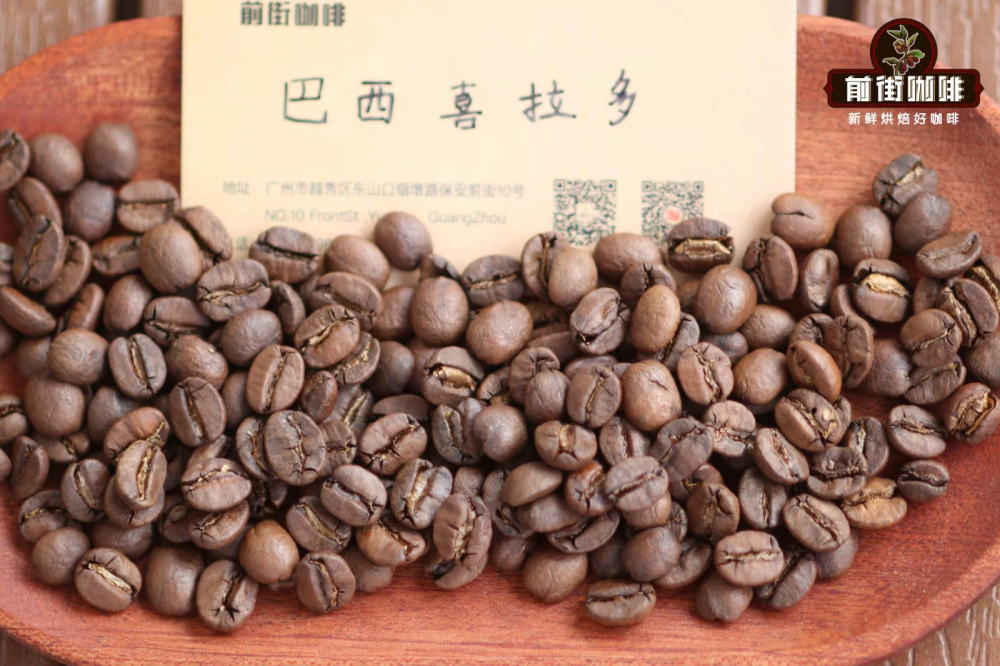
The rations of Qianjie coffee beans Brazilian coffee is the red bourbon variety. Yellow bourbon
Bourbon is also a gene mutant of bourbon. Bourbon has always been considered to be the leader in coffee because of its high yield and good quality. The yellow bourbon is a unique bourbon variety in the state of Sao Paulo, Brazil. After ripening, the coffee fruit does not turn red like red bourbon, but orange, so it is named after yellow bourbon. Because the altitude of yellow bourbon is very high, so its flavor is very good.
The flavor of yellow bourbon usually has nuts and chocolate, the acidity is balanced and supple, the bitter feeling is weak and clean, and the whole is very bright and refreshing.
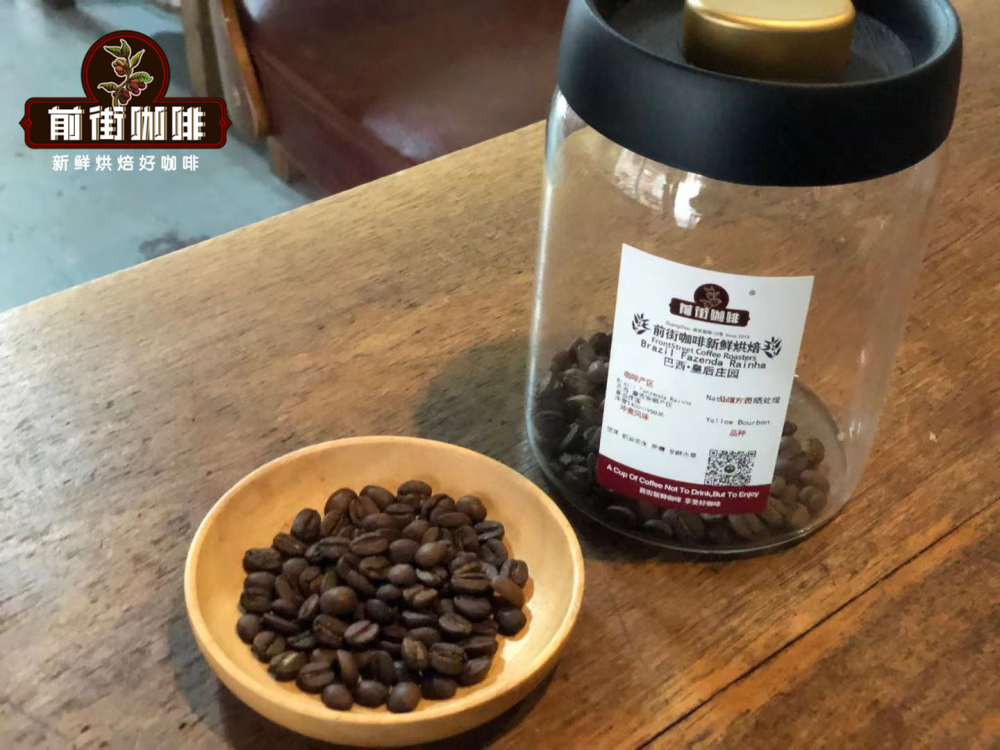
The Brazilian Queen Coffee of Front Street Coffee is the yellow bourbon variety.
Brazilian coffee bean treatment
I've heard of the washing and sun treatment of coffee. Have you ever heard of half-sun treatment? Qianjie has told everyone that the flavor of coffee beans is not only related to its own variety and climate, but also related to the treatment method, and the treatment method is also related to the local climate. At first, Brazil basically used sun treatment. As Brazil's climate is relatively dry, it is reasonable to use sun treatment, but the sun treatment is relatively rough, so it is easy to cause Brazilian beans to catch the smell of rotten wood and run the risk of coffee beans getting moldy on rainy days. More passive. So Brazil created an original treatment called half-sun. This treatment greatly shortens the time spent in the sun.

Half-sun treatment process:
First of all, remove the peel and pulp of the coffee berry, the ripe pulp will be easy to remove, and the immature green fruit peel is not easy to deal with, so the second screening will be carried out to unify the maturity of the coffee fruit. Half-sun treatment can control the degree of pectin fermentation after peeling and meat removal. Traditionally, the degree of fermentation of pectin cannot be seen. Half-sun treatment has no pool treatment of "pool fermentation, water washing" process, without the step of fermentation, the flavor of coffee beans is completely different.
Compared with the sun, Qianjie believes that this kind of half-sun-treated coffee beans can greatly improve cleanliness and maturity. Qianjie rations, beans, Brazilian coffee is half-sun treatment.
Suggestions for making coffee in front of the street:
For the brewing of coffee, Qianjie has always believed that the freshness of coffee beans is a very important link, the freshness of coffee beans can maximize the rich flavor of coffee. The coffee beans shipped in Qianjie are all roasted within 5 days, because Qianjie is well aware that the freshness of coffee beans has a great impact on the flavor. The purpose of Qianjie roasting is "freshly roasted coffee", so that every guest who places an order is the freshest coffee when he receives it. The bean cultivation period of coffee is about 4-7 days, so when the guest gets it, it is the time when the flavor is the best.
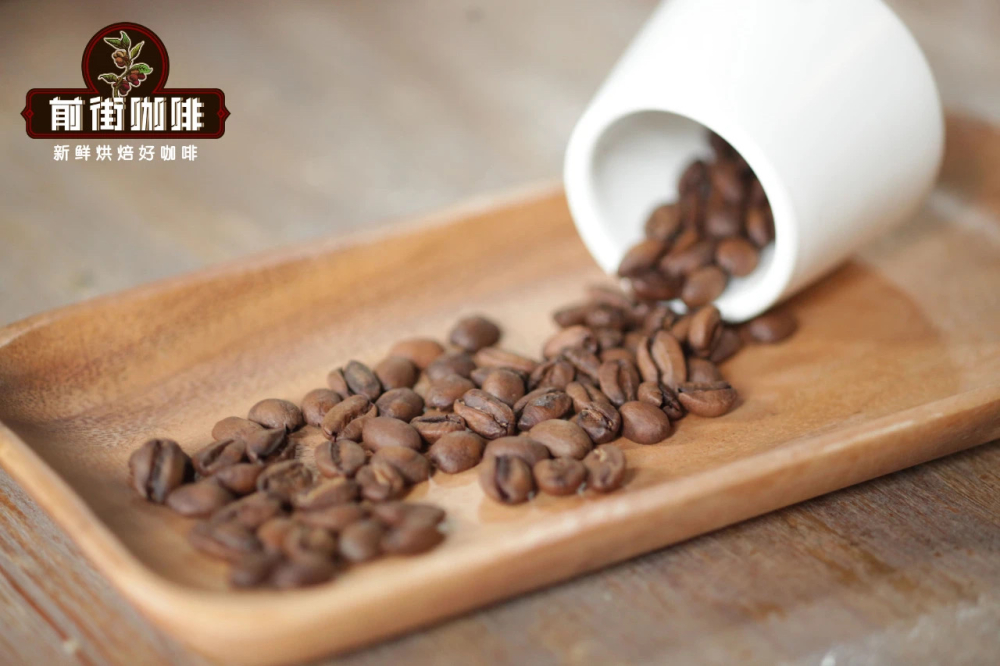
Of course, there are some customers who need help grinding powder in front of the street, which doesn't matter, but Qianjie has to warn: if the coffee beans are ground ahead of time, there is no need to raise the beans, because in the process of transportation, the pressure caused by carbon dioxide in the package can also make the coffee flavor mellow, so when you receive the coffee powder, you can immediately make a cup of coffee drink. But the coffee powder needs to be brewed in time, because the coffee powder oxidizes more quickly after contact with the air, that is to say, the flavor of the coffee will dissipate more quickly, and the flavor of the coffee is not so good. Therefore, Qianjie suggests buying whole beans, grinding and flushing now, so that we can better taste the flavor of coffee.
Parameters for brewing Brazilian coffee in front of the street:
Qianjie chose: KONO filter cup, water temperature of 88 degrees, powder / water ratio of 15g / 15g powder, grinding degree (75% of China No. 20 standard sieve pass rate).
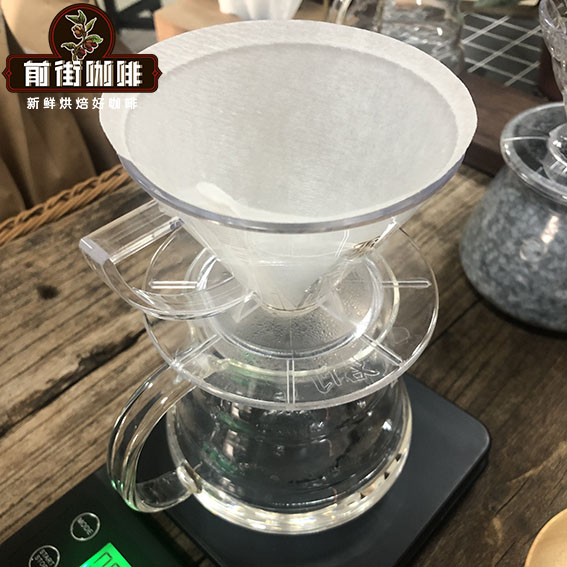
Using stage-by-stage extraction, steaming with 2 times the amount of coffee powder, that is, steaming 30 grams of water for 30 seconds, when the small water is injected around 125 grams, continue to stop the injection until 225 grams, and then remove the filter cup after the water dripping is finished. the extraction time is 2 minutes 39 percent 00 ". Then pick up the whole cup of coffee and shake it evenly, then pour it into the cup and taste it.
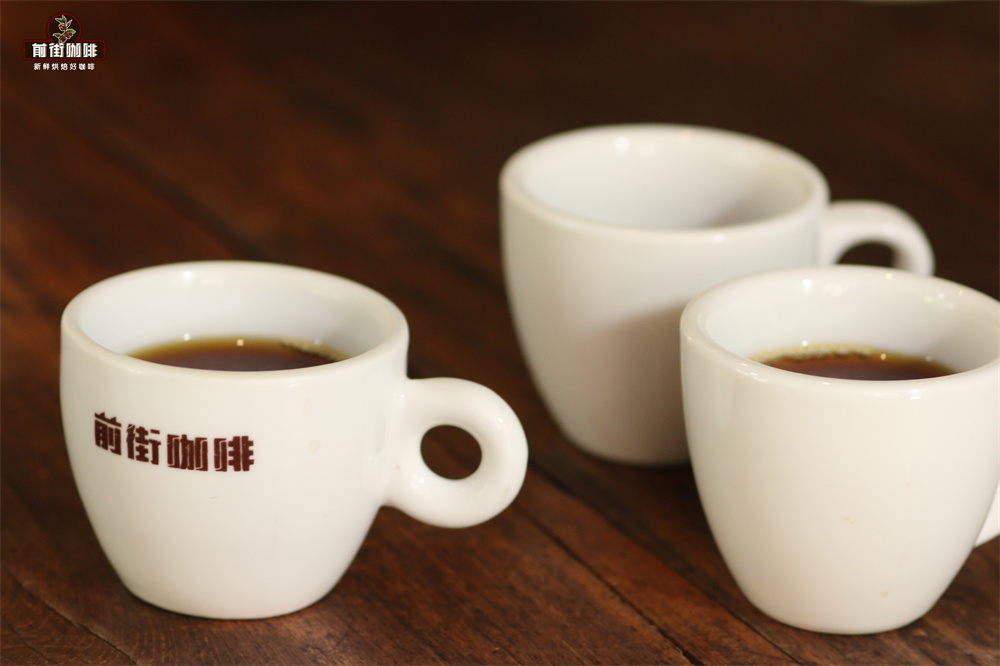
Half-sun Brazilian Hilado coffee bean flavor: the entrance has obvious sweetness, with a hint of lemon aroma, with a strong nutty flavor, the latter part of the performance has an obvious dark chocolate flavor, the overall feeling is more round. Sunburn Brazilian Queen Manor Coffee Bean flavor: taste balanced, in the main tone of almond cocoa, highlight the sweetness of sugar, is a good fullness, sweet coffee.
As for whether Brazilian coffee is good or not, Qianjie believes that it depends on individual taste. After all, everyone has different tastes and likes different flavors, but the balanced taste of Brazilian coffee is still good. Of course, if you don't like this taste, you can try Ethiopia's small, fresh and bright floral and fruity aromas, as well as Colombian nuts, dark chocolate and soft acidity.
Professional coffee knowledge exchange more coffee bean information please follow the coffee workshop (Wechat official account cafe_style)
For more boutique coffee beans, please add private Qianjie coffee on Wechat. WeChat account: qjcoffeex
Important Notice :
前街咖啡 FrontStreet Coffee has moved to new addredd:
FrontStreet Coffee Address: 315,Donghua East Road,GuangZhou
Tel:020 38364473
- Prev
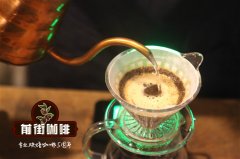
What is the difference between Yega Xuefei and the Sidamo producing area according to the Arden Cooperative?
Professional coffee knowledge exchange more information about coffee beans please follow the coffee workshop (Wechat official account cafe_style) Yega Xuefei is located in the birthplace of Arabica coffee beans, Ethiopia. It is a natural wetland, so Yega Xuefei originally intended to let us settle down on this wetland. Originally belonged to the Sidama producing area, because of its proximity to the town of Yegashifi.
- Next
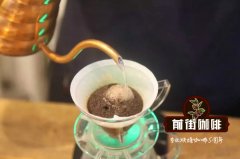
What does Brazilian coffee mean? What are the flavor characteristics of Brazilian coffee? Is the Brazilian coffee good?
Professional coffee knowledge exchange more coffee bean information please follow the coffee workshop (Wechat official account cafe_style) Brazilian coffee refers to coffee produced in Brazil. There is a wide variety of Brazilian coffee, the vast majority of which are unwashed and sun-dried, classified according to the name of the state of origin and the port of transport. Brazil has 27 states and 17 states produce coffee, but 4 of them produce coffee.
Related
- Detailed explanation of Jadeite planting Land in Panamanian Jadeite Manor introduction to the grading system of Jadeite competitive bidding, Red bid, Green bid and Rose Summer
- Story of Coffee planting in Brenka region of Costa Rica Stonehenge Manor anaerobic heavy honey treatment of flavor mouth
- What's on the barrel of Blue Mountain Coffee beans?
- Can American coffee also pull flowers? How to use hot American style to pull out a good-looking pattern?
- Can you make a cold extract with coffee beans? What is the right proportion for cold-extracted coffee formula?
- Indonesian PWN Gold Mandrine Coffee Origin Features Flavor How to Chong? Mandolin coffee is American.
- A brief introduction to the flavor characteristics of Brazilian yellow bourbon coffee beans
- What is the effect of different water quality on the flavor of cold-extracted coffee? What kind of water is best for brewing coffee?
- Why do you think of Rose Summer whenever you mention Panamanian coffee?
- Introduction to the characteristics of authentic blue mountain coffee bean producing areas? What is the CIB Coffee Authority in Jamaica?

